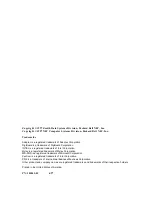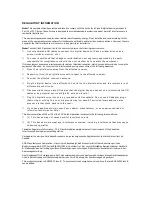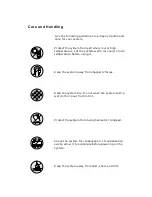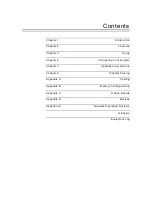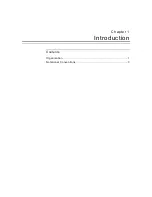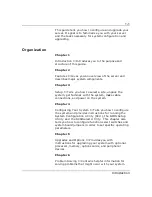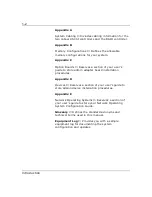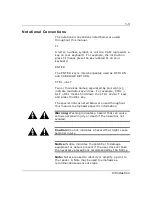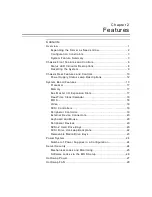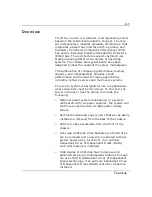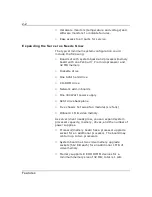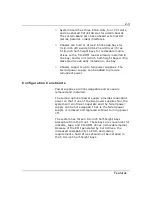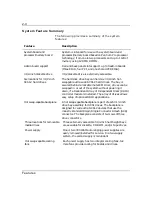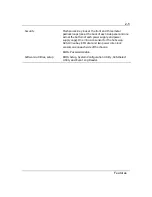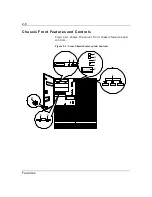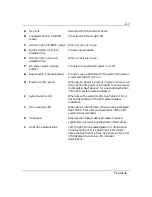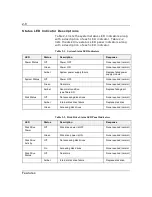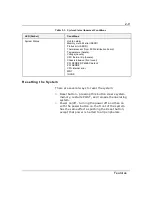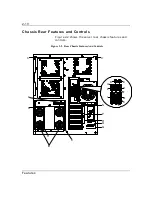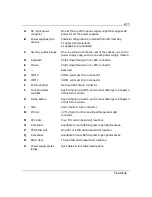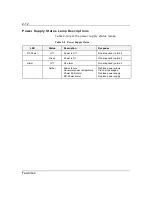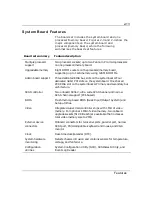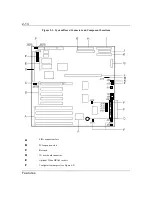
1-3
Introduction
Notational Conventions
The notational conventions listed below are used
throughout this manual.
F1
A letter, number, symbol, or word in CAPs represents a
key on your keyboard. For example, the instruction
press F1 means press the key labeled F1 on your
keyboard.
ENTER
The ENTER key is interchangeably used as RETURN
and CARRIAGE RETURN.
CTRL + ALT
Two or three key names, separated by plus sign (s),
indicate multiple-key entries. For example, CTRL +
ALT + DEL means hold down the CTRL and ALT keys
and press the DEL key.
The special notices listed below are used throughout
this manual to emphasize specific information:
Warning: Warning indicates a hazard that can cause
serious personal injury or death if the hazard is not
avoided.
Caution: Caution indicates a hazard that might cause
personal injury.
Notice: Notice indicates the potential to damage
equipment or data is present if the user does not take
the necessary precautions recommended by the Notice.
Note: Notes are used to identify or amplify a point to
the reader. A Note may be used to emphasize a
recommended sequence of steps.
Summary of Contents for MT2000
Page 1: ...Server MT2000 U s e r s G u i d e...
Page 6: ...raham...
Page 8: ...Bill Graham...
Page 9: ...Chapter 1 Introduction Contents Organization 1 Notational Conventions 3...
Page 10: ...Bill Graham...
Page 53: ...1231231 Billy Graham...
Page 81: ...4 28 Configuring Your System Figure 4 2 System Board Jumpers...
Page 141: ...5 53 Upgrades and Options Figure 5 25 Removing the Rear Fan modules...
Page 143: ...dfgdfg...
Page 171: ...Bill GrahamBill Graham...
Page 182: ...Appendix B Memory Configurations Contents Memory DIMM Configurations 1...
Page 183: ...Bill Grahamaerrterterter...
Page 186: ...Appendix C Option Boards Contents Introduction C 1...
Page 188: ...Appendix D Devices Contents Introduction 1...
Page 190: ...Appendix E Network Operating Systems Contents Introduction 1...
Page 193: ...rtyrtyrtyrtyry...
Page 203: ...8 Glossary...
Page 204: ......
Page 205: ...101843 1...


